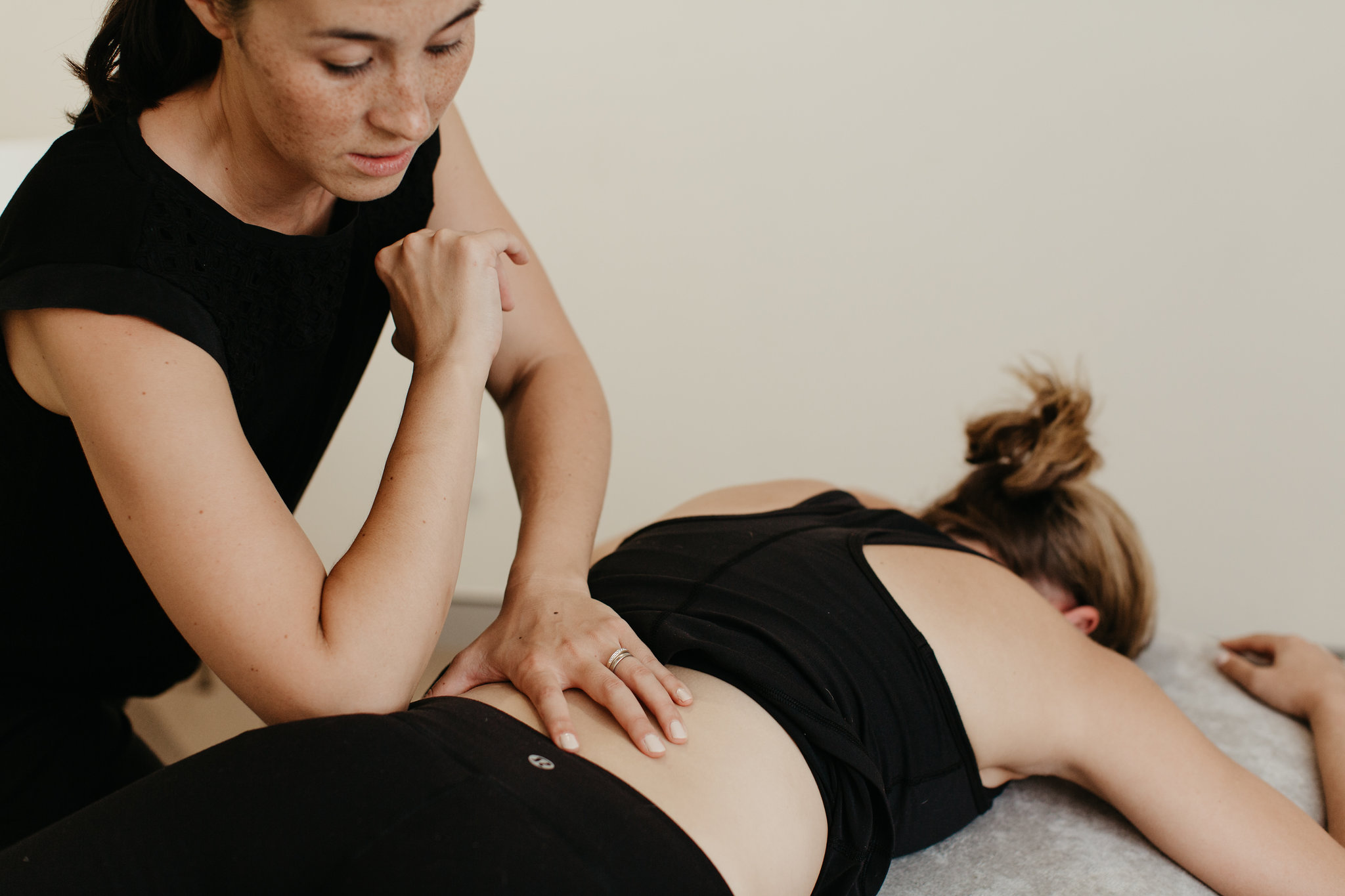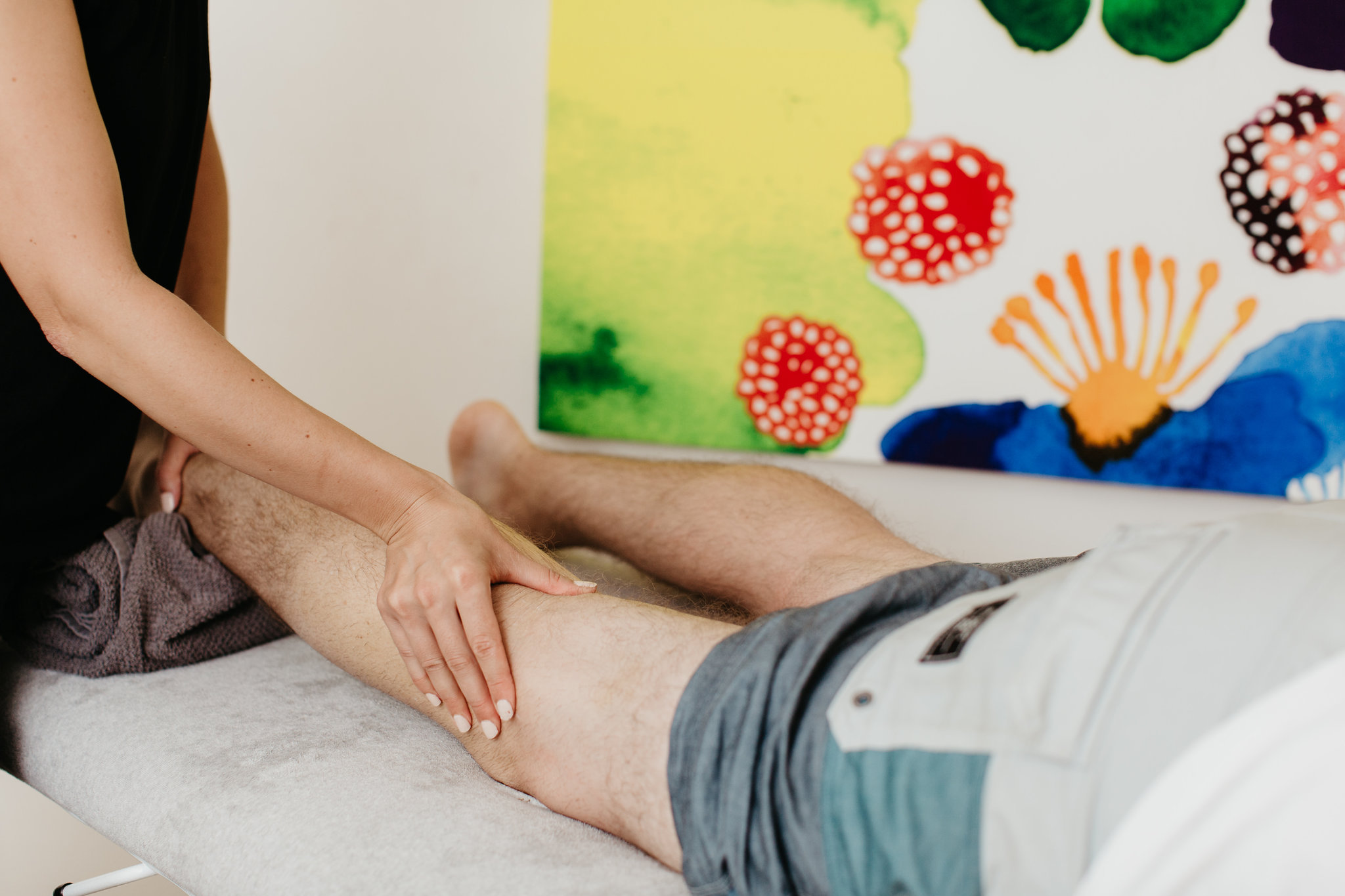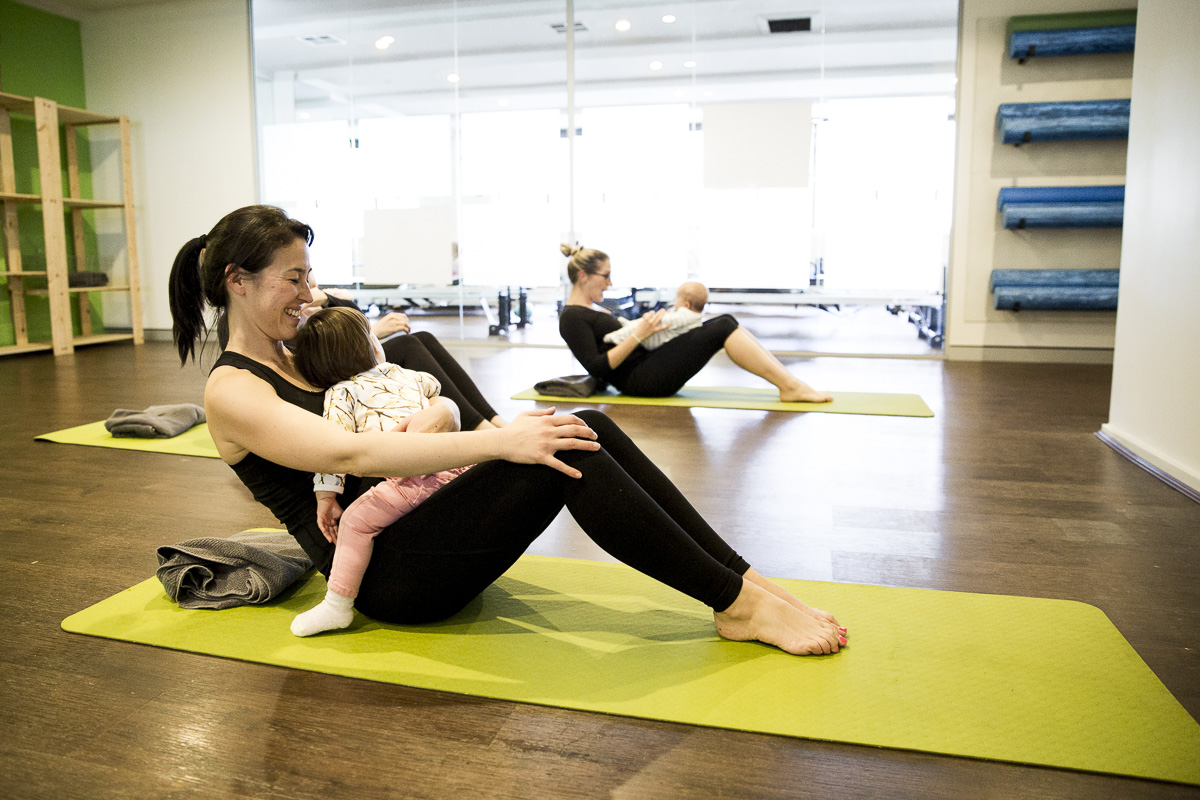Lower Back Pain? Here’s How Physio & Clinical Pilates Can Get You Moving Again
In a community that thrives on movement – whether it’s weekend runs, early morning yoga, midweek sport, or chasing after the kids – lower back pain can be a frustrating roadblock.
Let’s face it—lower back pain can put a serious dent in your lifestyle. Whether it’s stopping you from running, surfing, lifting at the gym, or even playing with your kids, it can feel like everything is on hold.
But here’s the good news: you don’t have to live with back pain.
Through a combination of expert physiotherapy and targeted clinical Pilates, you can relieve pain, regain strength, and return to the activities you love.
First, What’s Causing Your Lower Back Pain?
Before we can fix the problem, we need to understand it. Lower back pain can sneak up from:
- Long hours sitting at a desk or in the car
- Overtraining or improper form during workouts
- Lack of core strength or spinal support
- Past injuries or muscular imbalances
- Age-related changes like disc degeneration
Whether you’re an athlete, weekend warrior, or someone who simply wants to feel better in their body – addressing the root cause is key. As you can see, it’s rarely about just one issue. That’s why it’s so important to take a holistic, personalised approach—something we specialise in at our physio and Pilates clinic.
Next, Let’s Talk About How Physio Helps
Why Choose Physio? Because Knowledge is Power
Once we identify the root cause of your pain, physiotherapy gets to work. Our physiotherapists don’t just treat the pain – they teach you how to prevent it.
Through hands-on therapy, tailored exercises, posture education, and movement retraining, our physio team helps you:
- Relieve tension and stiffness
- Improve spinal mobility
- Rebuild core and back strength
- Correct poor movement patterns
- Return to your favourite activities with confidence
Even better, we don’t just treat the symptoms. We teach you how to stay pain-free through posture correction, movement strategies, and home-based exercises. You’ll walk away from every session with a better understanding of your body – and how to keep it healthy for the long run.
Enter Clinical Pilates: The Secret Weapon for Long-Term Relief
Now that we’ve addressed the pain, it’s time to build resilience. This is where clinical Pilates comes in.
Unlike generic group Pilates classes, clinical Pilates is designed and guided by your team of physiotherapists, these sessions are perfect for building a resilient, balanced body.
Through low-impact, high-benefit movements, Pilates helps:
- Activate deep core muscles
- Support your spine and posture
- Increase flexibility and control
- Improve coordination and body awareness
In other words, it’s not just about feeling better—it’s about staying better.
So, Why Choose Our Physio and Pilates Clinic?
Simply put, we combine expert knowledge with a community-first approach. Our team understands how important movement is to your life—whether you’re chasing fitness goals or simply want to enjoy everyday activities without pain.
At our physio and Pilates clinic, we believe in empowering our community to live active, vibrant lives. We take the time to listen, assess, and design a plan that works for YOU – so you can get back to running, lifting, cycling, stretching, gardening, dancing… or simply enjoying a walk without discomfort.
Ready to Feel Stronger, Straighter, and Pain-Free?
Why wait for the pain to get worse? Book your initial physio assessment or clinical Pilates session today and take the first step toward lasting relief. Whether you’re recovering, rebuilding, or just want to move better – we’re here to support your journey.
Let’s get you back to doing what you love – without pain holding you back.





